(LĐ online) - On the night of March 31, 1975, around midnight, the sleeping city was suddenly startled by a series of explosions that shook the sky of Da Lat. People living near military agencies called each other and rushed out into the streets to avoid the military bases for fear of fighting.
As scheduled, we joined the crowd of people evacuating from a house on An Duong Vuong Street in My Loc Hamlet near the Political Warfare School to gather at Tran Dinh Tai's boarding house at 119B Ham Nghi Street, in front of Linh Son Pagoda. When the liaison and I arrived, Dinh Can, Nguyen Tam Giam, and Le Ba were already there with Tran Dinh Tai. They were excitedly discussing the situation and determined that we were firing artillery to open the attack! At nearly 2 a.m., artillery shells were still exploding loudly like a big battle. Next to the wooden wall next to Tai's boarding house was the family of a Saigon soldier. The husband, who had probably just escaped from the unit, ran back and knocked on the door, frantically urging his wife and children to pack their belongings, "Take whatever you can, leave everything else behind. The order to evacuate is tonight!", but the wife did not want to go, they argued! At that time, we were only interested in the "evacuation" information, and only then did we know that the enemy burned ammunition depots to flee!
When we went out, we saw soldiers, police, civil servants... with their wives and children, dragging themselves out of the city in all kinds of vehicles. Helmets, boots, and military uniforms were scattered all over the streets. Later, when I read an article by Colonel Nguyen Quoc Quynh, Director of the Dalat Political Warfare School, I learned that they had actually planned to evacuate about a week before. They agreed to set up an Operational Command with Major General Lam Quang Tho, Director of the Dalat National Military Academy, as Commander; Colonel Nguyen Hop Doan Tinh, Mayor of Tuyen Duc - Dalat, and Colonel Nguyen Quoc Quynh as Deputy Commanders. The signal was that when there was an explosion at the Dalat Military Academy and the phrase "Viet Cong attack" on the radio, that was the order to evacuate. At that time, the military forces of the Saigon government were present in Da Lat - Tuyen Duc, including the provincial soldiers and soldiers as well as officer students in military universities, about 2,000 soldiers with all kinds of weapons and most of them were well trained, but it seemed that they did not dare to fight, and the word tactical evacuation was like a kind of epidemic that started in Ban Ma Thuot and spread strongly in the army and the Saigon government in the provinces! That same night, Nhan, a liaison, mixed in with the evacuation group going down to the springboard to report to the forest that the enemy had retreated, and the brothers in the inner city were organizing an uprising. Later, when they entered the city, the brothers in the Working Teams recounted: "They ran right in front of our guns, at that time we had already approached the street, but did not open fire because our forces were few and the enemy were very numerous, but more importantly, we avoided opening fire to keep Da Lat from falling into ruins."
On the morning of April 1, 1975, we gathered our forces in the front yard of Linh Son Pagoda, which was the place where the Buddhist Student Union operated, a public, constitutional, and legal organization under the Saigon regime, but our party and union members had infiltrated and controlled it for many years. The Dalat Buddhist Student Union often used this place to organize sleepless nights and as a base to organize street struggles! According to the convention, that morning all party members, union members, students, and young people who sympathized with the revolution and were active from previous struggles were present. Dinh Can, from Da Nang, a fourth-year student of Literature, a member of the inner-city secret group, together with Sau, brought nearly a platoon of self-defense people from My Loc hamlet that had been selected and prepared in advance with full weapons to receive the mission. Mr. Sau was an auto mechanic who was a revolutionary base and was planted as the Chief of the People's Self-Defense Force of My Loc hamlet. He had received quite a thorough military training at the military school of the Saigon regime. Mr. Nguyen Ban brought about ten self-defense militiamen from My Thanh hamlet, who were also revolutionary sympathizers who had prepared in advance, to gather in a newly established army called the THANH SELF-DEFENSE (the name that Liberation Radio and Voice of Vietnam Radio often used to refer to the rebel forces in the cities), with about sixty gunmen divided into two platoons. Mr. Sau and Mr. Nguyen Tam Giam were assigned to each be in charge of a platoon. Mr. Giam arranged the squads to guard points in the city center. He personally went to inspect and often led the troops to shoot and chase away those who picked up guns to rob in the market.
Mr. Nguyen Tam Giam was from Song Cau, Phu Yen. In 1968, after passing the baccalaureate exam, he was drafted into the military service and was sent to Thu Duc Military Academy for training. After graduating for a short time, he deserted the army, used papers under a different name, went to Da Lat, passed the baccalaureate exam, then entered the Faculty of Letters of Da Lat University, and participated in secret revolutionary activities in the inner city with the code name B9, alias Thuan. Mr. Sau's platoon was tasked with the task of using a jeep for patrolling. Mr. Sau and Mr. Giam did a very good job commanding the Self-Defense Force during these days. Ms. Le Thi Quyen, a fourth-year student of the Faculty of Chemistry (code A1 - alias Sau), Mr. Tran Van Co, Mr. Nguyen Quang Nhan in the propaganda team used the sound system of the Dalat Buddhist Student Union to hang loudspeakers on the temple porch, broadcasting the voice of the city's defense force calling on people to stay calm, not to listen to bad people's instigation to evacuate, to coordinate with the city's defense force to fight against looting and arson, to protect the lives and property of the people. Calling on civil servants, officers, and soldiers to present themselves and hand over their weapons. Mr. Sau and Mr. Can used a car to lead a few brothers to the Political Warfare School to get a truckload of guns and ammunition to equip the brothers, including an M30 heavy machine gun. Just on the morning of April 1, many civil servants and self-defense people came to hand over their weapons and register their names in half a student's notebook.
On the afternoon of April 1, 1975, we transported all the captured guns and ammunition to the Hoa Binh area. Using the Hoa Binh theater as our headquarters, using the theater's amplifier system and the speakers already on the roof that the enemy had previously used to broadcast the curfew siren at 10 p.m. every night and the end of curfew at 5 a.m. every morning, the radio crew took turns reading announcements calling on people not to evacuate, to stay in place and coordinate with the Self-Defense Force to protect the property and lives of the people. Reading the call for officers, soldiers and civil servants of the Saigon government to come forward and surrender their weapons.
At the headquarters (Hoa Binh theater), there was a squad on duty to guard and sit at the table to collect weapons and make a list of people who came to hand in their weapons, led by Nguyen Tri Dien (B71), Cao Duy Hoang (a student at Tran Hung Dao school, who participated in the secret in 1973 with the code C8), Le Ba (a second-year student of Political and Business who participated in the secret operation with the code B5) and Ha Thi Thuy. Dang Dinh Mui stood for many days in a row guarding two barrels of gasoline and was responsible for supplying gasoline to units using jeeps and Hondas to carry out missions.
The machine gun placed on the Hoa Binh floor facing the lake shore was equipped with ammunition belts by Uncle Quang Nhan and exploded loudly. A group deployed at Ngoc Lan theater also looked down at the lake shore. The squad led by Ms. Nguyen Thi Nhung went down to guard the Geographical Office. She met Mr. Buu Dong to mobilize and work with him to organize the workers to protect the entire machinery and equipment until the soldiers came to receive the handover; Mr. Dinh Can (C5) led the squad to guard the Telecommunications Center, the Treasury and the Provincial Administration Building; Mr. Tran Dinh Tai (B7) led the troops to guard the Pasteur Institute and fired to chase away the remnants of the looting army at the Military Equipment Warehouse; Mr. Nguyen Viet Cuong led some of his troops to guard the Nuclear Institute; Mr. Nguyen Ban guarded the Lamp Factory; Mr. Giam went to inspect the posts and was often present at the Lamp Factory to support Mr. Ban; Ms. Tran Thi Hue led a number of brothers and sisters to the hospital to convince the doctors and nurses to work with peace of mind to ensure health care for the people and soldiers if anyone was injured. She completed her mission very well, most of the doctors and nurses were ready to cooperate (Ms. Hue was a fourth year student of the Faculty of Biology, now called the Faculty of Biology, a member of the Student Team operating secretly in the inner city with the code name B61). In most of the places where the Self-Defense Force brothers came to guard, they met and talked and were protected by the staff and workers there until the soldiers and the agencies of the City Party Committee came to take over management.
Mr. Sau used jeeps and mobile units to patrol the streets, arranged to protect the water plant and rice warehouses, they continuously fired shots to chase away people who stole rice, at the rice warehouse on Vo Tanh Street (now Bui Thi Xuan), Mr. Sau had to use tear gas to disperse people who stole rice. At about 6 pm on April 1, 1975, Aunt Ba Le - a member of the City Party Committee from the base arrived in the city and called a meeting at Mr. Tran Nghia's house, Mr. Dien was in charge of the self-defense team to protect the meeting. The meeting decided to establish the "Da Lat Uprising People's Committee" consisting of 4 people: Nguyen Thi Ha (Aunt Ba), Tran Nghia, Le Thi Quyen and Nguyen Trong Hoang. The content of the action was: Continue to control the situation; call on people to stay calm and coordinate with the Uprising People's Committee to preserve the city, protect the lives and property of people; protect important agencies as previously directed by the City Party Committee; On behalf of the Dalat People's Uprising Committee, we call on officers, soldiers, and civil servants of the Saigon regime to present themselves and surrender their weapons. The committee will protect your lives and mobilize people to sew flags and hang them in every home.
On the night of April 1, 1975, the entire city had a power outage. A power plant worker came to report that a group of remnants of the highlanders had attacked the Suoi Vang power plant and threatened the power plant. We asked Brother Sau to send troops to clear the area and coordinate with the workers to restore the plant's operations. By midnight, the city had electricity again. Also on the night of April 1, we checked again and all the wards and hamlets had come to register and surrender their weapons, except for An Lac hamlet - where the famous Nha Bo Slope is located. There were about 30 People's Self-Defense fighters who had not surrendered their weapons. The brothers said that this was a difficult area because from the hamlet chief to the People's Self-Defense team members, they were all quite tough, and there were many gangsters. We held a meeting of the Youth Union on the floor of the Hoa Binh Theater in the dim light of the night sky. The Youth Union decided to assign Mr. Giam to lead a platoon to meet the Hamlet Chief to analyze, persuade and warn him about the responsibility he would have to bear later if he went against the request of the Dalat People's Uprising Committee. After one night, at exactly 8:00 a.m. on April 2, 1975, a platoon of An Lac Hamlet lined up, guns on their shoulders, to surrender at Hoa Binh in a very orderly and serious manner. Looking at this impressive image, I was extremely happy because we had better control of the situation.
At about 10am on April 2, 1975, we decided to hang the liberation flag and banner to welcome the liberation army on the roof of Hoa Binh cinema. The half-red, half-blue flag with a yellow star was sewn by Ms. Thu Uy, a revolutionary base working at the Air Vietnam office in Da Lat. During those days, she found red and yellow fabric but could not find blue fabric, so she decided to cut her ao dai of the airline staff to make the blue half of the flag. Everyone was moved, someone jokingly said, "She transformed herself into the flag of the Liberation Front of South Vietnam", that flag is now in the Provincial Museum. The banner spread on the first floor of Mr. Mai Thai Linh's house was written by Mr. Tran Van Co, Hoang Manh Tien, and Thai Ngo Cu with a brush and red paint "Hooray for the Liberation Army of South Vietnam". Thu Uy's house and Linh's house were next to each other on Duy Tan street, now 3/2, the back side went into a small alley along the fence of Doan Thi Diem school. We closed the front door, used the back passage, and used these two houses as a logistics place, for food and medical services, for sewing flags, and for writing banners. At that time, Linh was in the base, his younger brothers were in Saigon, Thu Uy kept the key to Linh's house, and later found out that he was injured by a mine, so a few days after taking over Da Lat, his brothers came back to pick him and Nguyen Dong Chinh up. Chinh was also a student member of the inner-city Youth Union who escaped to the forest, and he was injured at the same time as Linh. It can be said that these days, many people in Da Lat, mainly the women and mothers of small traders at Da Lat market, were very excited and voluntarily carried rice, vegetables, provided food, and came to participate in cooking to serve the uprising forces, just like in the previous years of student struggles!
The moment of deciding to hang the flag was so emotional! I asked Uncle Quang Nhan to run into Thu Uy's house to announce the flag hanging, and immediately hundreds of cheers of "Liberation, Dalat is liberated!" Standing on the Hoa Binh building, I saw Uncle Quang Nhan holding the red and blue flag with yellow star running in front, Mr. Tran Van Co and Mr. Nguyen Quang Nhan pulling a long banner running behind and many people running after them, they ran like volunteers, running and shouting "Liberation... Dalat is liberated...!". Hundreds of people around the Hoa Binh area responded with cheers that echoed throughout the city center. Some of the Self-Defense brothers set up chairs and ladders, Uncle Quang Nhan, a secret member of the inner city, in the short brown clothes of a Buddhist monk, nimbly climbed up to hang the flag on the roof of the Hoa Binh theater. At the same time, Mr. Co and Mr. Nhan also climbed up to help Quang Nhan hang the flag and hung a banner reading "Hooray for the Liberation Army of South Vietnam" below the flag. From then on, the Front flag began to appear scattered on many streets.
By the afternoon of April 2, we used a Honda to observe and saw that almost every house had flags hanging, some hung upside down with the blue half on top and the red bottom, some hung red flags with yellow stars, some hung red flags with hammer and sickle, even on Phan Dinh Phung street we saw a few flags with big stars in a corner surrounded by a few small stars... Perhaps those were some Chinese shops wanting to express some kind of spirit of comradeship or alliance! Well, at this time, the right or wrong way of hanging the flags was not important, what was important was that the people responded to the flag hanging on the roof of Hoa Binh cinema, that was good! It could be said that the city was covered with flags on April 2, 1975. From then on, the security and order situation of the city became completely peaceful, opportunistic robbers, remnants of the army... disappeared, and the indiscriminate gunfire gradually decreased!
At about 10:00 a.m. on April 3, 1975, the soldiers stationed at the city entrance rode their motorbikes back to report that the army was advancing.
With one hand on the Honda dame, the other holding an AR15, I drove down to the lake shore, to the other side of Ong Dao bridge, I met the first army unit, about a platoon, marching in a very sparse line into the city, probably soldiers of Military Region 6, at this time around 10am on April 3, 1975. The leader pointed a K54 at me and asked me to hand over my weapon, I pointed at the red cloth band on my arm and said "Self-defense, self-defense!", he asked again "Is that self-defense?" and without waiting for my answer, he said "Put the gun up in the air, don't raise it sideways!" and I went back with the soldiers to the city center. Cheers of welcome resounded, people surrounded the soldiers, curious and excited, chatting, asking all kinds of questions! There was a young soldier carrying a B40 that the people gathered around the most to observe and ask questions, full of admiration. They answered and spoke very gently. Everyone expressed their admiration for the Viet Cong soldiers who had a gentle, polite manner, even shy in communication, but were heroes who had experienced fiery battles with the richest army in the world, the most powerfully equipped in the world. And they won! A moment later, more soldiers advanced to the Hoa Binh Zone. A short, stocky man with a pistol on his hip, followed by a bodyguard. He tried to stand on tiptoe on the sidewalk to talk to the people. A large crowd of people surrounded him. Suddenly, a taxi pulled up in front of him. The driver got out and helped him onto the hood of the car. He greeted the people, announced the news of victory on the battlefields, and summarized some policies of the Provisional Revolutionary Government of the Republic of South Vietnam towards the newly liberated areas. He spoke with a heavy central accent. It was later known that he was Lieutenant Colonel Dinh Si Uan, Deputy Political Commissar of Military Region VI.
On the morning of April 4, 1975, the leaders of the Da Lat City Party Committee came to introduce Mr. Nguyen Ky as the Political Commissar of the City Team and Mr. Pham Trong Ngan, Acting City Team Leader, who was directly in charge of our work. Looking at the pile of guns and ammunition stacked high in the corridor inside the iron door of the theater, Mr. Ky said: "It is very dangerous for you to leave guns, grenades, mines... together like this, while we are sitting and working on the upper floor, just a cigarette butt can kill us all!". Then he handed over all the weapons he had collected in the past few days to Military Region 6, who brought 3 GMC trucks to take them away.
Southern people in general, but especially intellectuals and students in urban areas, have mostly heard and known the names of Nguyen Huu Tho, Chairman of the Presidium of the National Liberation Front of South Vietnam; Huynh Tan Phat, Chairman of the Provisional Revolutionary Government of the Republic of South Vietnam; General Tran Van Tra, Commander of the Liberation Army of South Vietnam; female general Nguyen Thi Dinh, Deputy Commander of the Liberation Army of South Vietnam; Mrs. Nguyen Thi Binh, Minister of Foreign Affairs of the Provisional Revolutionary Government of the Republic of South Vietnam... Those names were once frequently mentioned in Saigon and Western newspapers and mentioned by urban intellectuals in the South with admiration for the patriotic intellectuals who had abandoned urban life to fight the resistance war. Those names once had great appeal! As for us, the inner-city activists, we admired them as legendary figures of the resistance war, and did not think that we would ever have the chance to meet them. But after the liberation of Da Lat, a delegation of the Provisional Revolutionary Government of the Republic of South Vietnam, led by President Huynh Tan Phat, arrived in Da Lat. Some of the inner-city comrades were able to attend the reception at the Palace Hotel, and some were recruited by the City Party Committee to participate in the inner-city security. They were extremely excited to meet the highest leader of the Provisional Government of South Vietnam, a man who always smiled with an open and friendly smile.
On the morning of April 14, 1975, over ten thousand people from hamlets, villages, and neighborhoods with flags and flowers in hand marched to the stadium to attend the ceremony to celebrate the liberation of Da Lat. President Huynh Tan Phat attended the ceremony with the people. He read a speech welcoming the liberation of Da Lat and awarded the army and people of Da Lat city the First Class Bronze Medal.
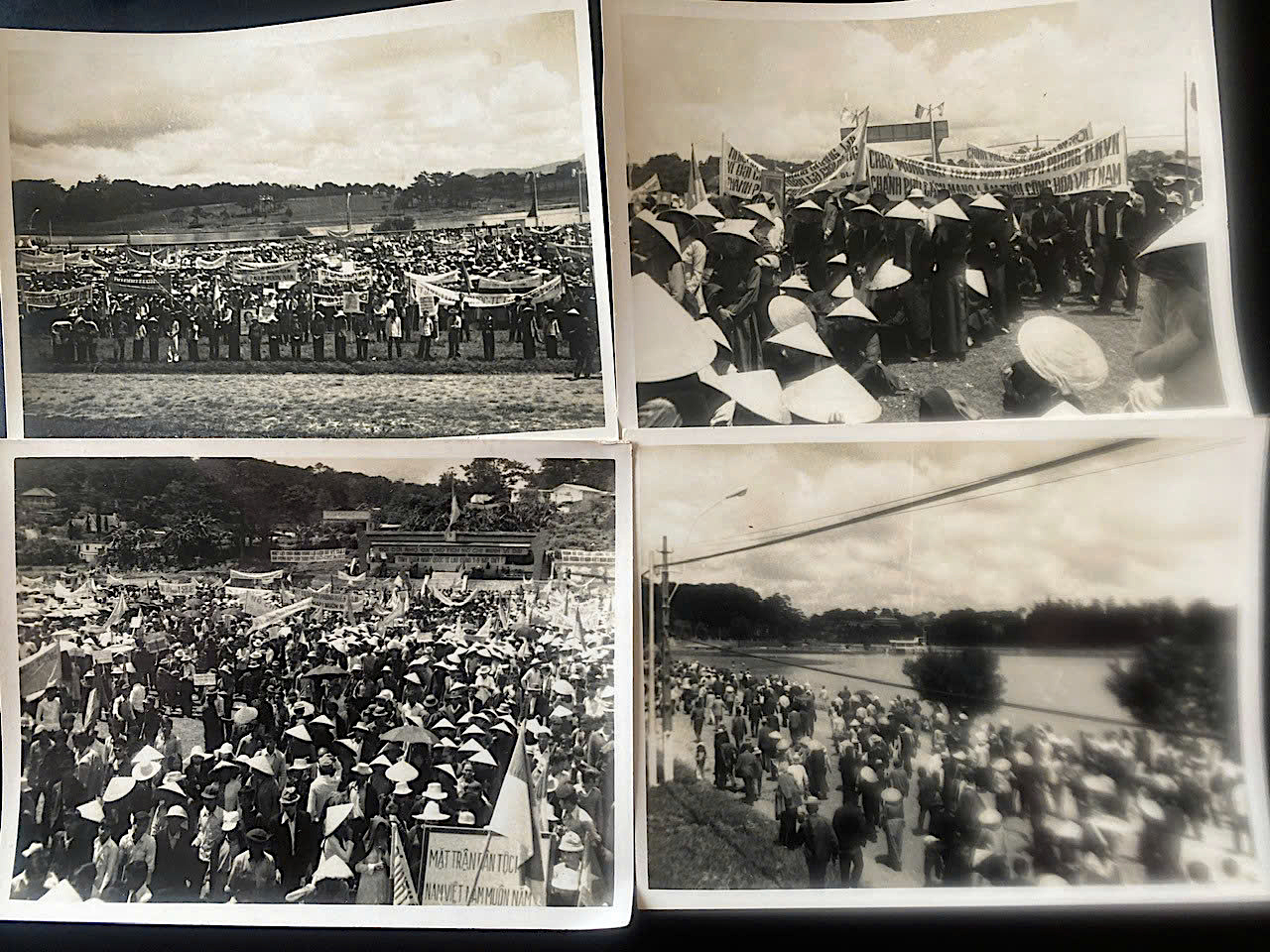 |
| Scene of the rally on April 14, 1975 to celebrate the liberation of Dalat. Photo: Document |
During this victory celebration, the large front flag hung high and stretched across the entire backdrop behind the Presidium, everyone turned towards the front flag. The 4-member choir consisted of Mr. Nguyen Quang Nhan, Tran Van Co, Ms. Hoang Thi Minh and a very strong singer from the provincial radio station from the war zone. Mr. Nhan was a teacher at Hung Vuong school, musician Nguyen Viet Quang, code name C3, secretly admitted to the Union at house number 2A Cong Hoa street, Mr. Nhan and Mr. Co were two famous artists at one time in the student movement in Da Lat, one playing the guitar was bustling and urging, the other singing with great enthusiasm to take to the streets. Every time the sound of the two men's guitar and singing resounded during sleepless nights, hundreds of students joined in, resounding throughout the night sky of Da Lat; Ms. Minh - a member of the union in Da Cat hamlet, the inner-city base of the Northwest Working Team, she was once arrested and imprisoned on suspicion of communist activities. Mr. Quang Nhan played the wooden guitar, the whole group sang live the song "Liberate the South". The sound of the guitar and the singing through several iron loudspeakers echoed far and wide over the old pine trees in a heroic atmosphere! The revolutionary flag-raising ceremony took place at Da Lat Stadium, simple but solemn and full of emotions! Perhaps this was the first and only flag-raising ceremony in Da Lat city with the liberation front flag and the song "Liberate the South". After the flag-raising ceremony, Ms. Nguyen Thi Nhung led the group of children up to the stage to present flowers to President Huynh Tan Phat, members of the Provisional Revolutionary Government of the Republic of South Vietnam and the members of the Presidium.
In the following days, the City Party Committee mobilized us in groups to go to the grassroots to build the hamlet and village governments. After that, the Dalat City Youth Union was established under the City Party Committee. Most of the brothers in the inner city worked at the City Youth Union, the first headquarters was on Nguyen Truong To Street, now Ho Tung Mau Street. At noon on April 30, 1975, when we heard the radio announce the victory, our army had raised the flag on the Independence Palace, we danced and shouted like crazy in joy as if there was nothing happier in life!
Dalat was liberated almost intact, without ruins, without bloodshed. Except for the incident of a robber pointing a gun at an iron gate and shooting dead a 14-year-old boy who was in a house on Phan Dinh Phung Street. The local people reported to the city's self-defense force, who captured the robber and chained him to the railing of the theater's front door and handed him over to the army on April 3. The incident of a jet plane from Phan Rang dropping a flammable bomb on the Provincial Governor's Palace's horse stable and the incident of a group of people following the remnants of the fire and calling themselves the Lien Ton organization, trying to gain influence to hold certain roles that they thought they would have in the 3-component government, also took a little time for the City Party Committee to resolve in the first days of liberation!
During the military administration days, once sitting at dinner with Uncle Tu Ngoc (Comrade Mai Xuan Ngoc, Secretary of the City Party Committee, Chairman of the Dalat Military Administration Committee at that time) at his residence and workplace, in the story about the liberation of Dalat, he said that while having to worry about the entire Southern battlefield, the Central Government also reserved its own considerations for Dalat. The Central Government's guiding spirit was to try to keep Dalat intact, not in ruins because this is one of the most beautiful cities in our country. Therefore, our way was to attack and suppress from the outside combined with uprisings from the inside to make the enemy panic and flee, not to bombard the city. And he confided: "A very humane direction for war!"
The past years of war had more bombs and bullets than all the bombs and bullets in the history of our country combined. Political opposition was also more fierce and intense than ever. But Dalat was not damaged or ruined; the hearts of Dalat people were not scattered, Dalat culture still maintained its beauty for the admiration of all directions. Dalat's nature and culture were once as strong as ever before. War could not destroy Dalat, but peace ruined it, not only was it a great sin against our ancestors but also a great sin against future generations!!!
Source: http://baolamdong.vn/chinh-tri/202504/phong-trao-dau-tranh-chinh-tri-cua-thanh-nien-sinh-vien-hoc-sinh-noi-thanh-da-lat-1969-1975-bai-cuoi-5b46581/




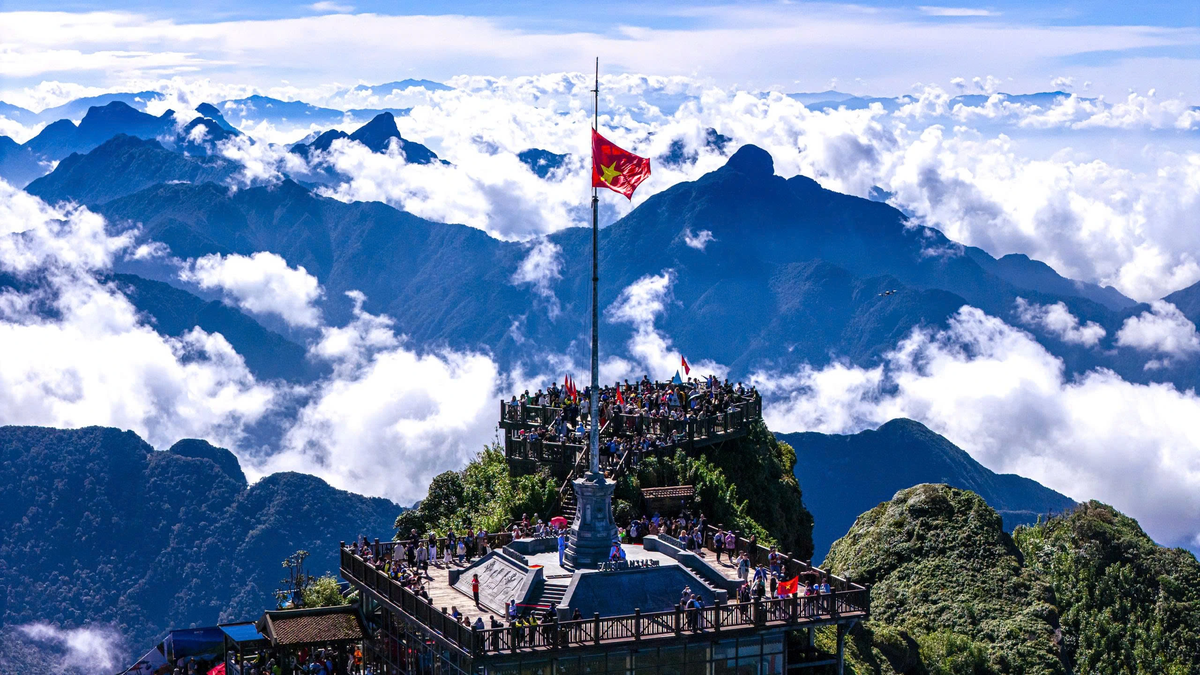
![[Photo] President Luong Cuong attends the 80th Anniversary of the Traditional Day of the Armed Forces of Military Region 3](https://vphoto.vietnam.vn/thumb/1200x675/vietnam/resource/IMAGE/2025/10/28/1761635584312_ndo_br_1-jpg.webp)


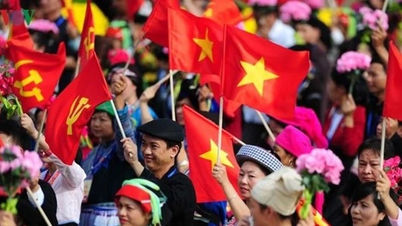

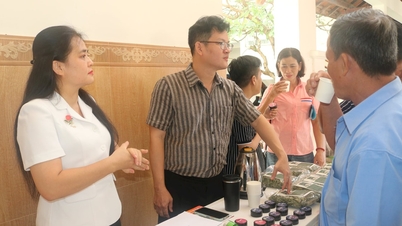

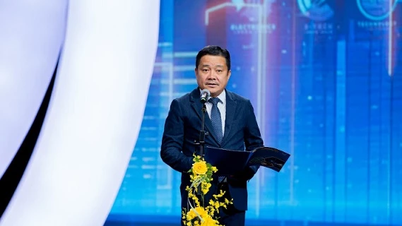



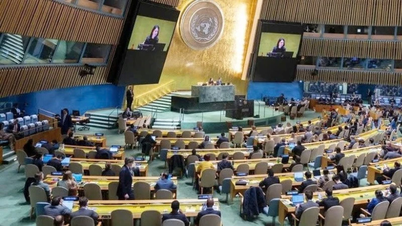

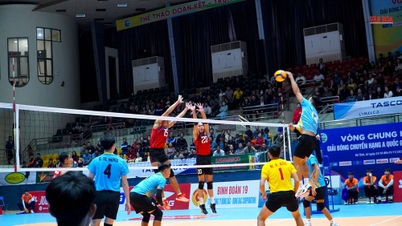

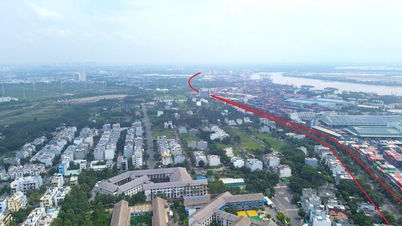
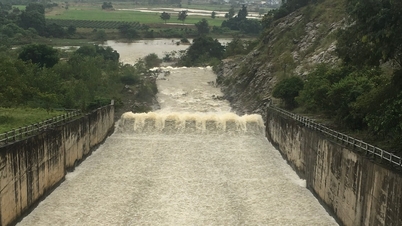
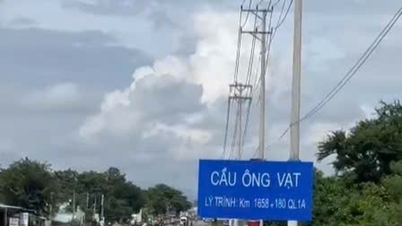
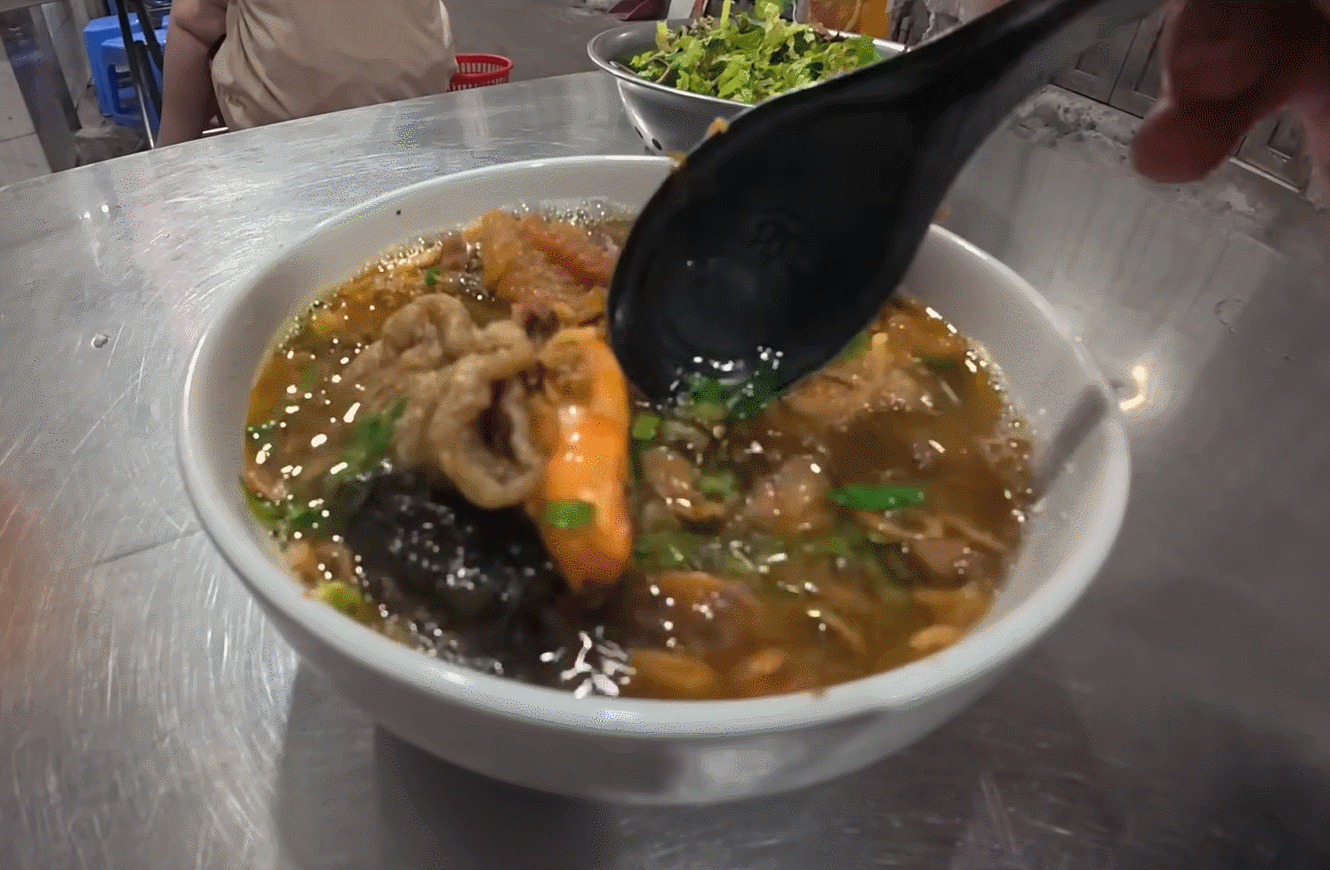
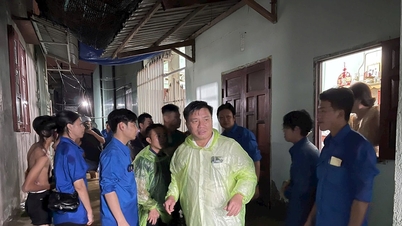
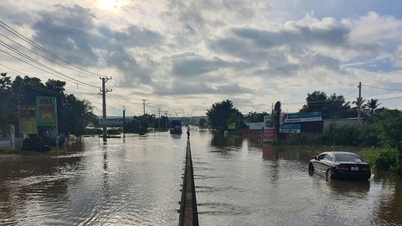



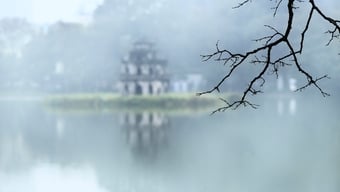
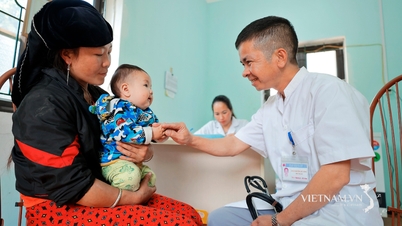
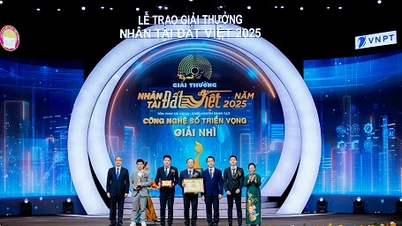
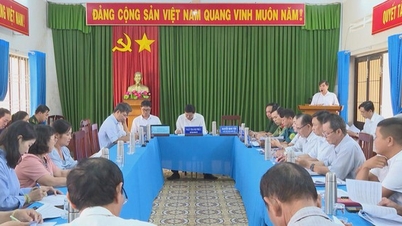
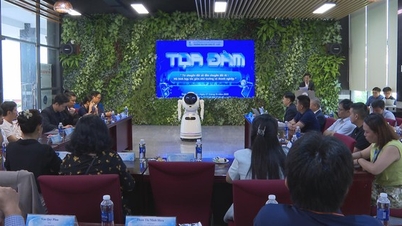
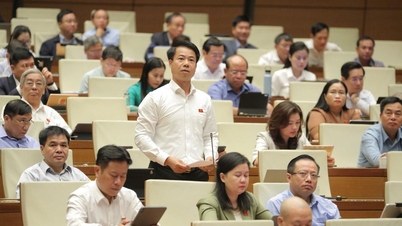
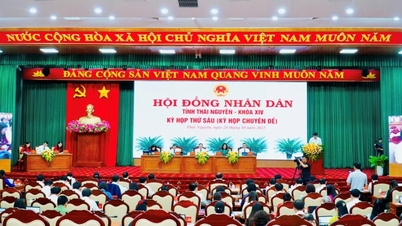
![[Photo] The 5th Patriotic Emulation Congress of the Central Inspection Commission](https://vphoto.vietnam.vn/thumb/1200x675/vietnam/resource/IMAGE/2025/10/27/1761566862838_ndo_br_1-1858-jpg.webp)
![[Photo] Draft documents of the 14th Party Congress reach people at the Commune Cultural Post Offices](https://vphoto.vietnam.vn/thumb/1200x675/vietnam/resource/IMAGE/2025/10/28/1761642182616_du-thao-tai-tinh-hung-yen-4070-5235-jpg.webp)
![[Photo] Party Committees of Central Party agencies summarize the implementation of Resolution No. 18-NQ/TW and the direction of the Party Congress](https://vphoto.vietnam.vn/thumb/1200x675/vietnam/resource/IMAGE/2025/10/27/1761545645968_ndo_br_1-jpg.webp)
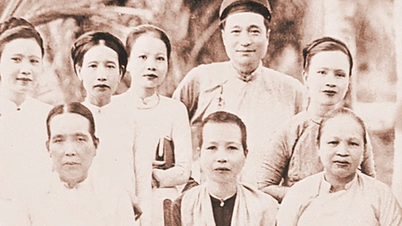

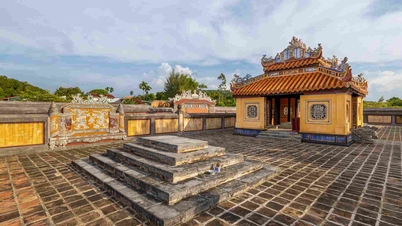



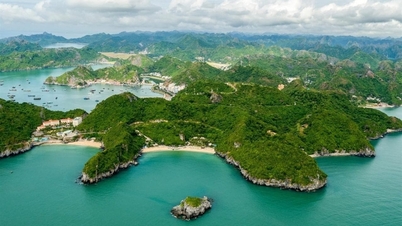

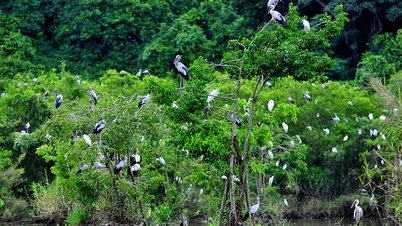

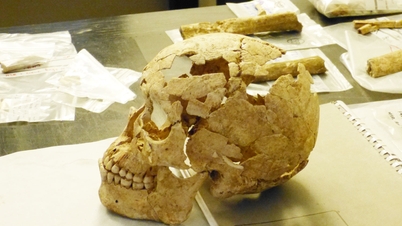



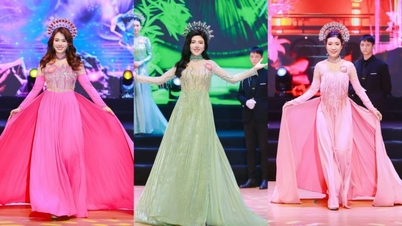
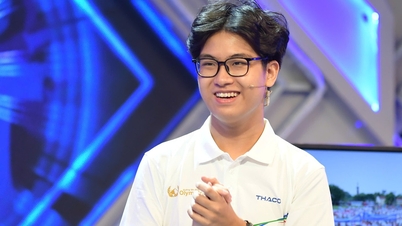

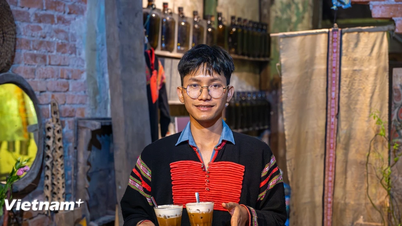

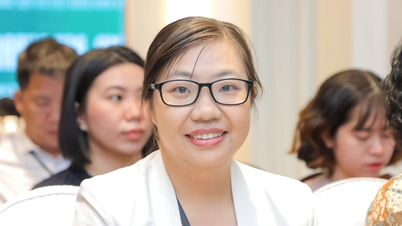

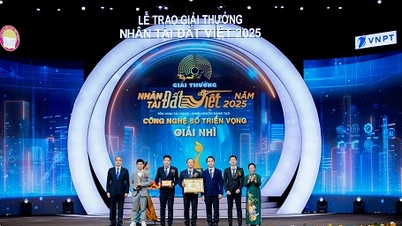

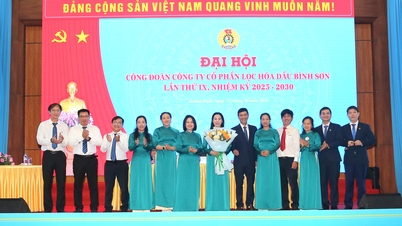
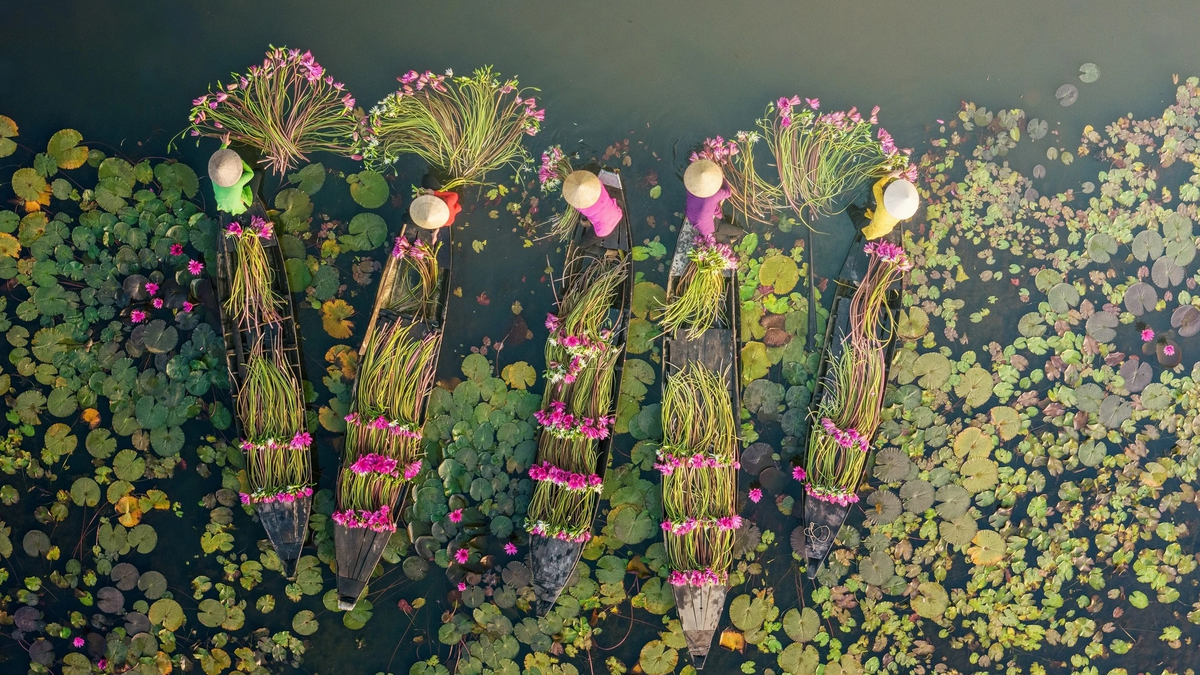
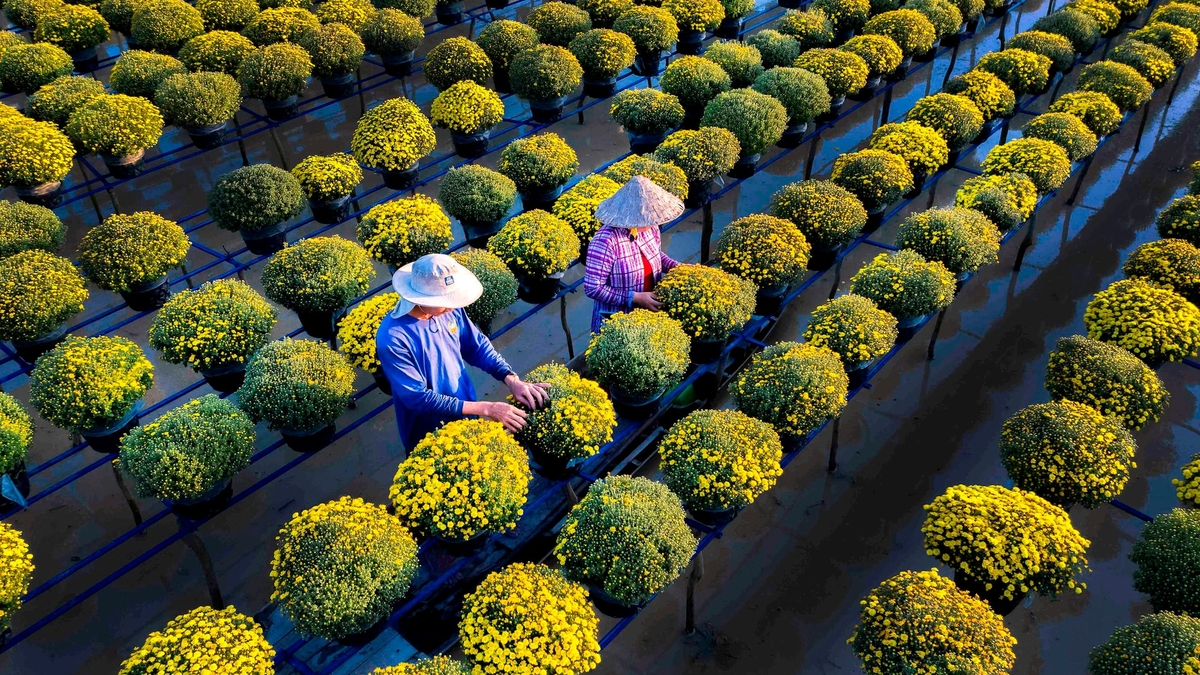



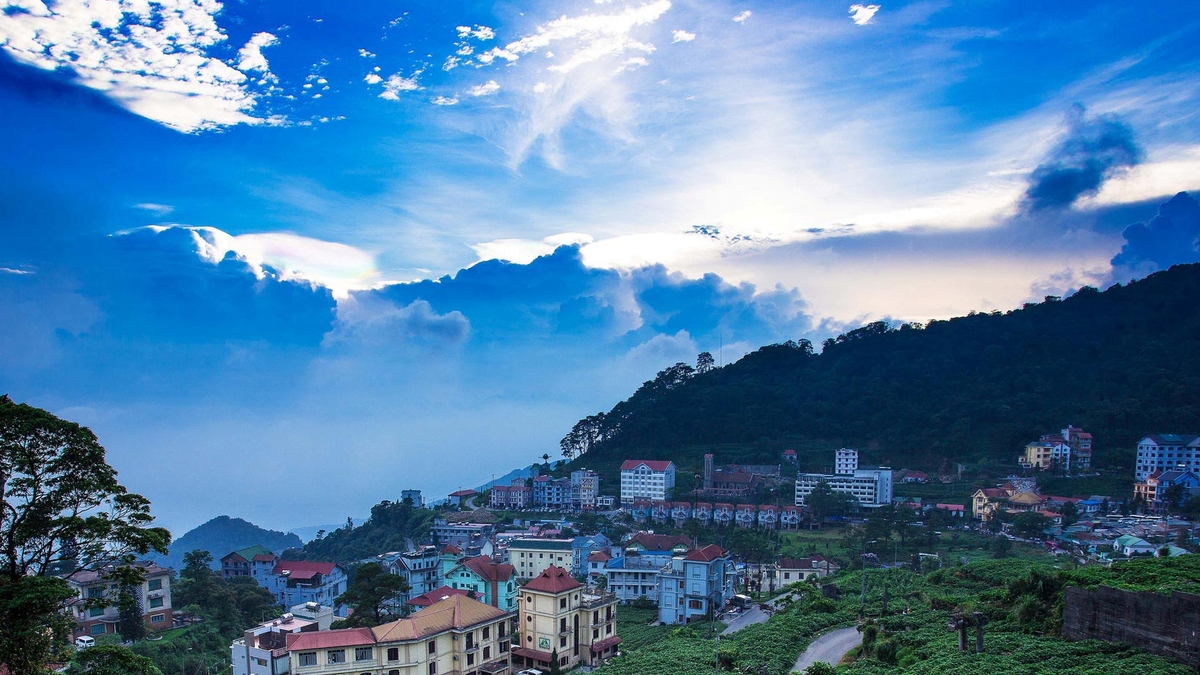
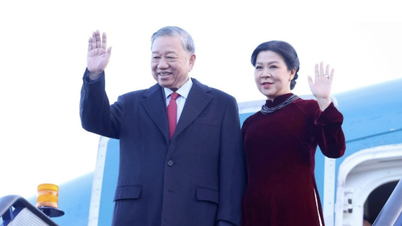


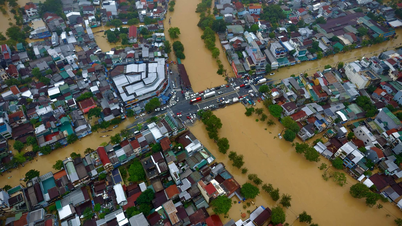

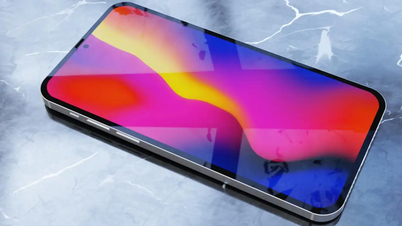
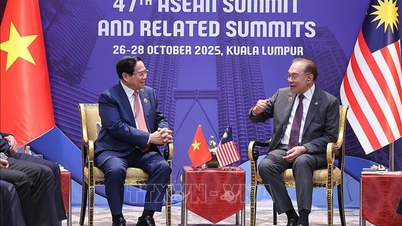

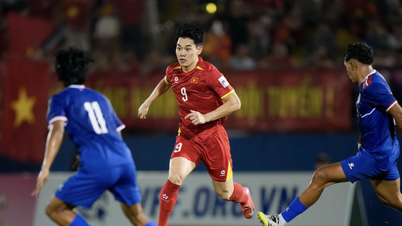
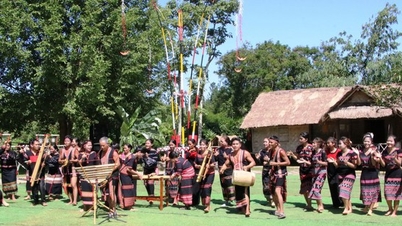

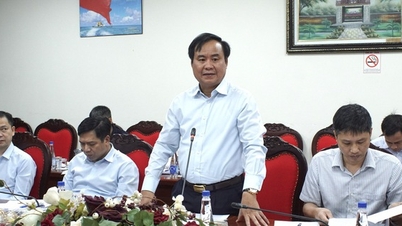
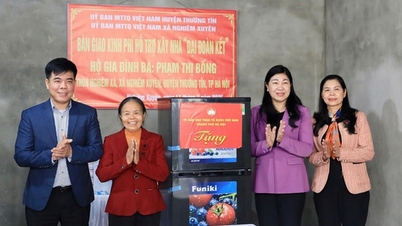
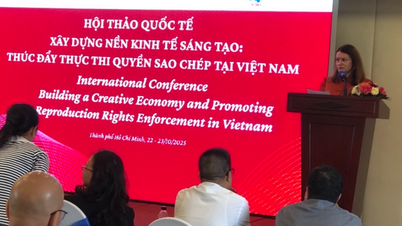
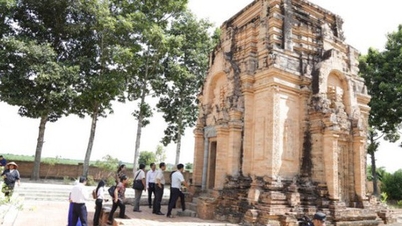
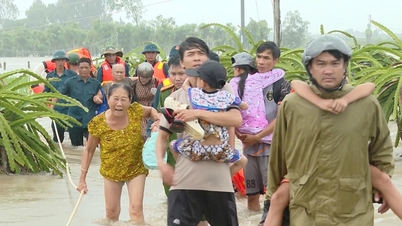



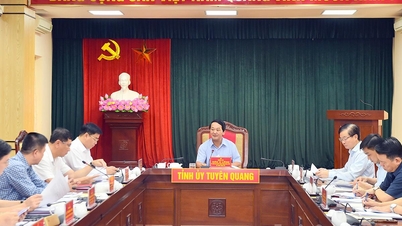

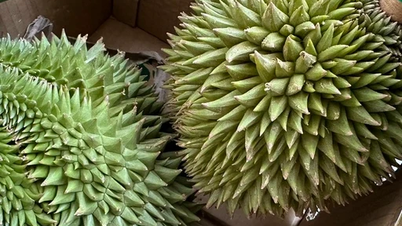

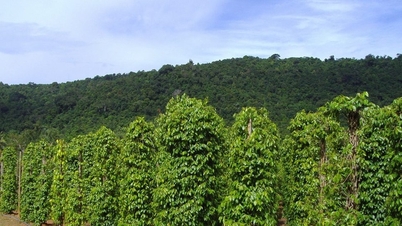










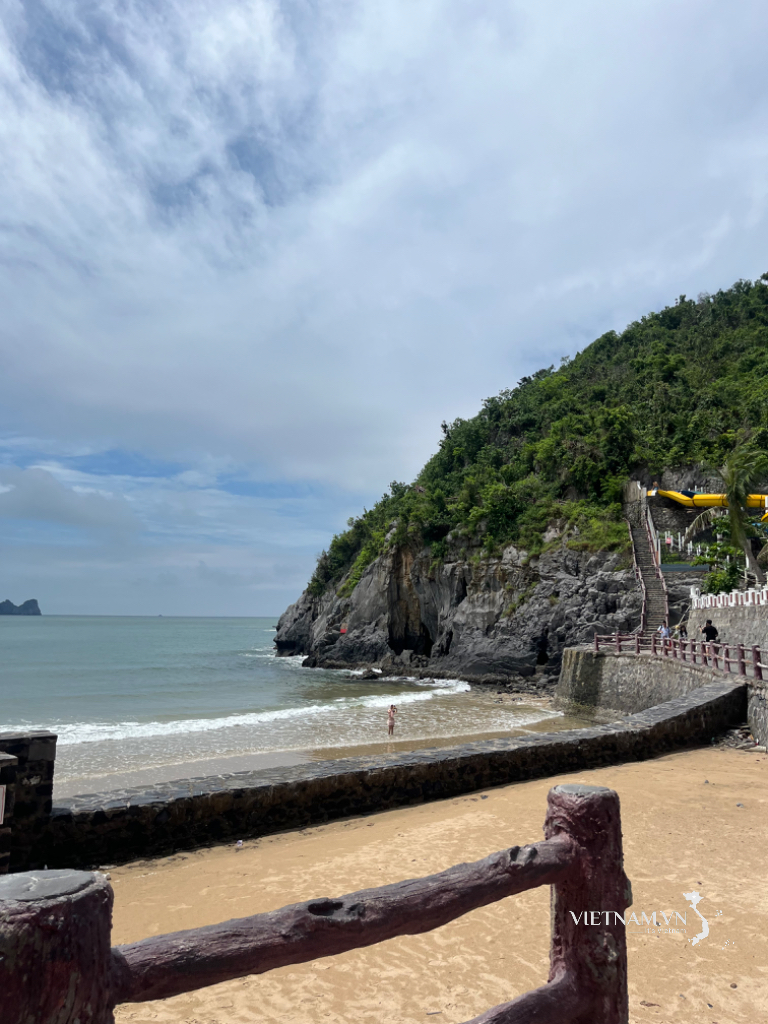



Comment (0)